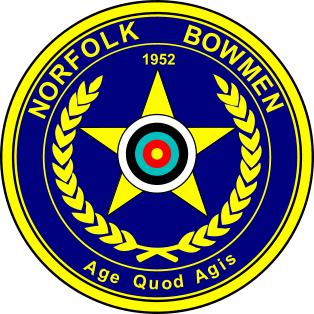What is a Recurve Bow?
A recurve bow or ‘Olympic Bow’ is one which the end of the bow curves away from the archer, this enables more energy to be stored which in turn means faster, further and more accurate shots than traditional bows.
Modern recurve bows are usually ‘take down’ bows which means they come apart, this means transportation is easy, also the various parts can be purchased separately allowing the archer to change parts as and when the need arises without changing the whole bow.
The bow comes into 4 main parts,
- The limbs are the part of the bow which stores the energy for the shot,there are 2 of them on any bow, they are available in different strengths (usually measured in Lbs) ,lengths and material, this allows archers to choose their equipment based on physical properties like how strong or long in the arm they are, and price. Beginners will tend to have the cheaper end of the spectrum, which will be wooden and relatively weak, as technique improves then the inevitable move up the spectrum will happen, with the more expensive limbs being made of more exotic materials like carbon fibre with foam, this combination helps with physical weight but more importantly the feel and consistancy, these more expensive tend to draw back smoother and are less effected by temperature and humidity. cost of limbs ranges dramatically from around £30 for the wooden models up to over £500 for the top of the range carbon models
- The Riser, or handle is the part of the bow you hold, this part of the bow, does not add energy to the shot, it forms the platform which holds the limbs and has threads into which the other parts of the bow set up can be added. Again there is a wide range of available options, including wood, aluminium and carbon fibre. Price ranges start from around £35 for a wooden version to over £600 for the machined aluminium version
- The String, nothing like the stuff you use in the garden, the string is made of material which should not stretch, it is made of several strands twisted together. The ends form a loop which goes round the limb tips, in the middle you will find a protective layer known as serving this is a cord wrap around the string in the area where the arrow is attached and where the archers fingers hold.
In addition, the bow will have an arrow rest and can also have accessories such as V bars, long rods and sights
